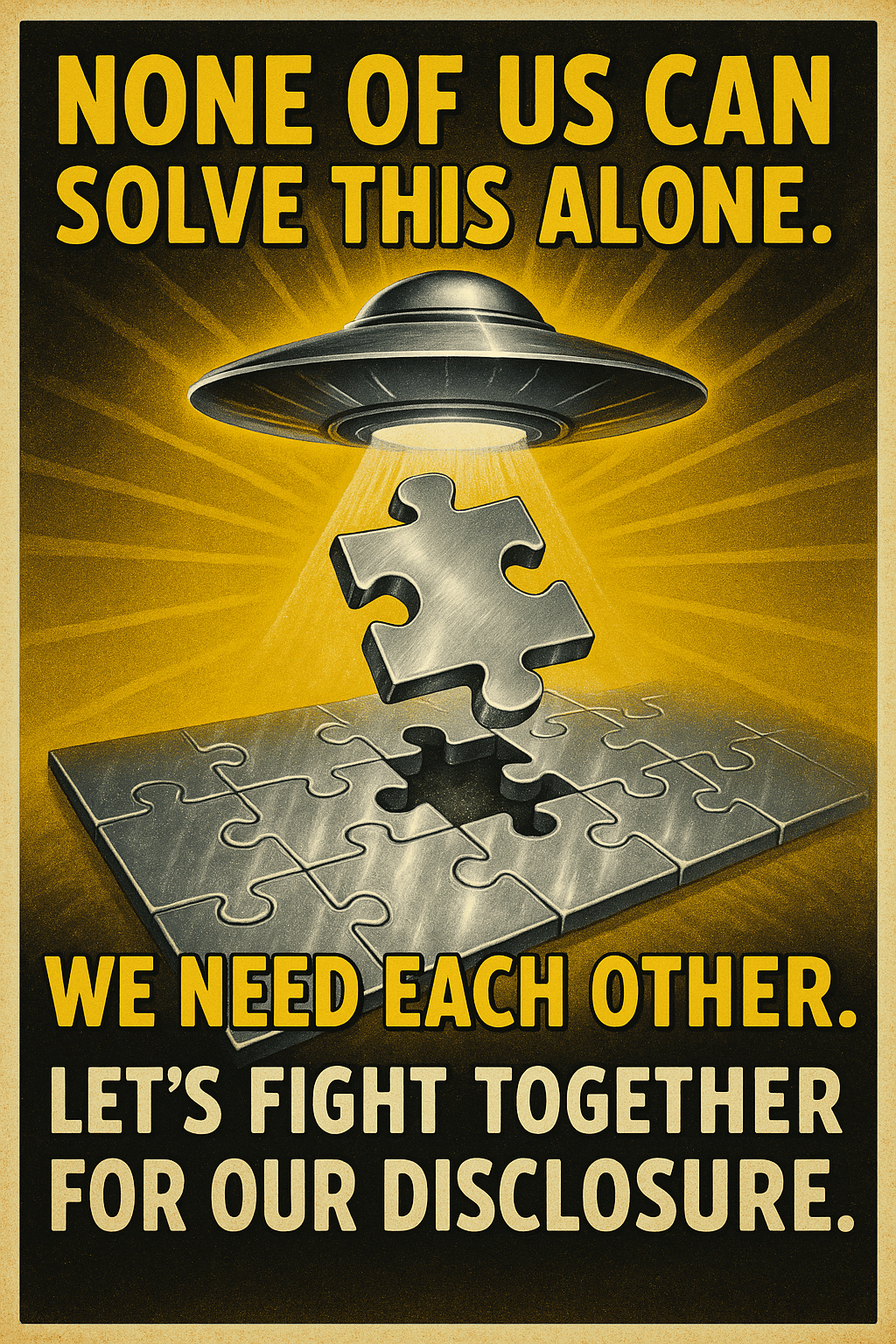Sniper Teaches Classes for DOE’s Alien People

In recent years, the U.S. government’s approach to Unidentified Aerial Phenomena (UAPs), commonly known as UFOs, has undergone a significant transformation. This shift is marked by increased transparency and a series of high-profile discussions and hearings. Notably, in November 2024, the House Oversight Committee held a hearing titled “Unidentified Anomalous Phenomena: Exposing the Truth,” where experts and former officials testified about the government’s knowledge and handling of UAPs. These developments have sparked widespread public interest and debate, leading to more open conversations about the potential involvement of various government agencies in UAP research and secrecy.
In an episode of Gun Talk Nation, hosted by Gun Talk Media, guest Frank Galli, a well-known firearms instructor and founder of Sniper’s Hide, briefly mentions a government training class he taught, which included individuals involved in UFO-related topics.
Galli states that he never signed an NDA because he was just seen as “Frank over there.” He jokingly admits to occasionally spilling UFO secrets after drinking too much and receiving phone calls the next day from individuals warning him to “shut up” because they were monitoring the conversation.
Galli suggests that there are individuals within government training programs who focus on UFOs and that oversight on the topic is ongoing.
On the Dangerous Liberty Podcast, hosted by Gary Melton, the conversation took a compelling turn when Frank Galli, the creator of Sniper’s Hide, discussed the Department of Energy (DOE) and its potential involvement in UFO secrecy. Galli explained that DOE, rather than the military or intelligence agencies like the CIA, is the real gatekeeper of classified UFO information, particularly due to its control over advanced energy research. He drew a connection between DOE’s extreme classification measures and its historical role in secret projects like the Manhattan Project, suggesting that similar levels of secrecy are now applied to UFO-related programs.
Galli elaborated that UFO technology, including potential zero-point energy or exotic propulsion systems, is likely housed within DOE because it deals with energy-related research, making it nearly impossible for traditional oversight mechanisms to penetrate. He noted that DOE’s agents—highly trained field operatives—are involved in securing, recovering, and potentially studying UFO-related materials. Interestingly, he mentioned that DOE’s so-called “alien people”, or those involved in these classified projects, often talk about their work with an air of amusement, even acknowledging being chased by investigators or the public but remaining unbothered due to their untouchable classification status.
One of the key takeaways from the discussion was how the Manhattan Project secrecy model has likely been applied to UFO research, ensuring that only a select few within DOE have access to the full scope of these programs. Unlike the military, which is subject to Congressional oversight, DOE operates largely outside the jurisdiction of typical government transparency requirements, allowing it to shield information from public or legislative scrutiny. This, according to Galli, is why disclosure remains elusive—because the secrets aren’t in the hands of the military but rather within DOE’s highly classified energy research divisions.
The podcast painted DOE as the true custodian of non-human technology, with its deep-rooted secrecy and access to cutting-edge scientific advancements. If UFOs indeed involve breakthrough propulsion technologies, then DOE would naturally be the agency best equipped to study and manage such discoveries, keeping them locked away from the broader public and even the intelligence community. The discussion ultimately reinforced the theory that DOE is the hidden power structure maintaining control over the most classified aspects of UFO research.
The Manhattan Project’s origins might be linked to more than just human scientific advancements. A 1933 UFO crash in Magenta, Italy, is said to have provided Nazi Germany with early nuclear insights, which were later transferred to the U.S. through Operation Paperclip. A 1942 memorandum from Franklin D. Roosevelt refers to “celestial devices” and suggests that non-human technology may have played a role in developing advanced weaponry. This raises questions about whether some of the most powerful weapons of war were influenced by something beyond Earth.
The Atomic Energy Act (AEA) of 1946 established a framework for the control and management of nuclear technology, granting significant authority over national security and classified projects. This structure provides a plausible mechanism for handling Unidentified Aerial Phenomena (UAP) incidents, as the protocols outlined in the AEA could be activated to secure and classify information related to such events, even if they don’t directly involve atomic energy. The Department of Energy (DOE), which inherited responsibilities from the Atomic Energy Commission, plays a crucial role in overseeing and potentially concealing advanced technologies, including those possibly derived from UAPs. This aligns with insights from Frank Galli, who suggests that the DOE is deeply involved in UFO secrecy, with specialized agents managing related materials and information.
The insights shared by Frank Galli, combined with recent governmental acknowledgments, underscore a growing movement toward transparency regarding UAPs. The Department of Energy’s (DOE) historical role in managing highly classified projects, such as the Manhattan Project, positions it as a custodian of advanced technologies that may be related to UAPs. This perspective is further supported by recent congressional hearings, where lawmakers have pressed for greater disclosure from agencies like the DOE concerning their involvement in UAP investigations. As public and governmental scrutiny intensifies, the call for unveiling the truth behind these phenomena becomes more pronounced, suggesting that the DOE could play a pivotal role in future disclosures.


